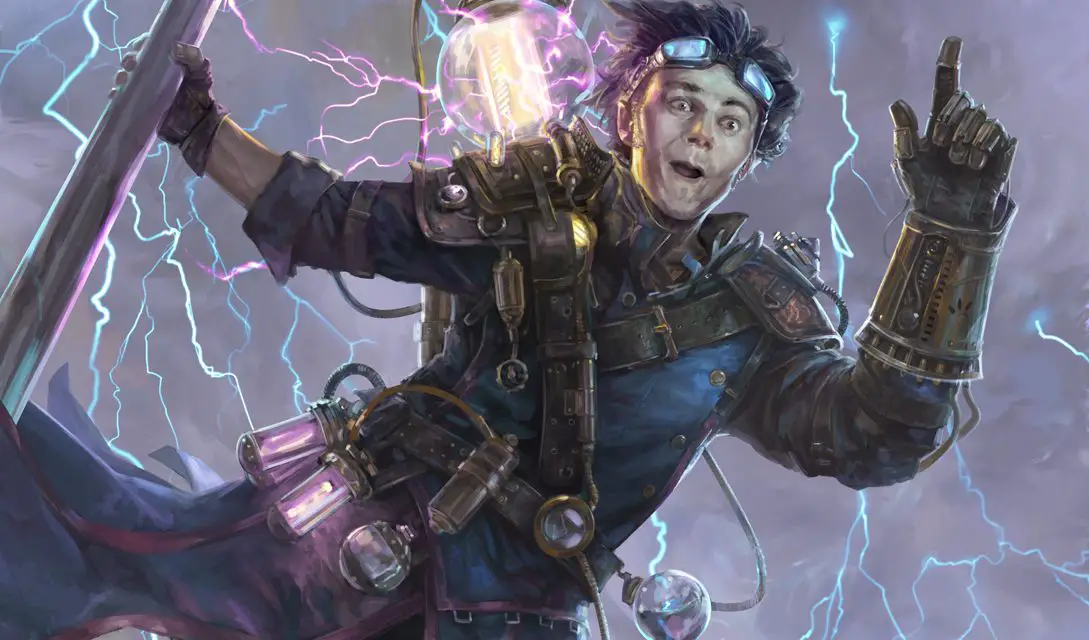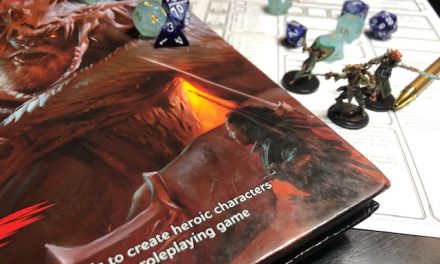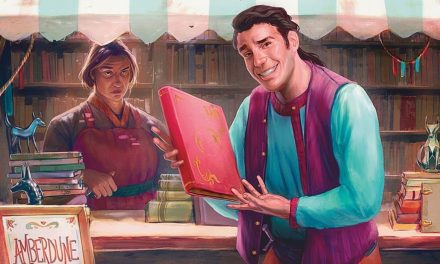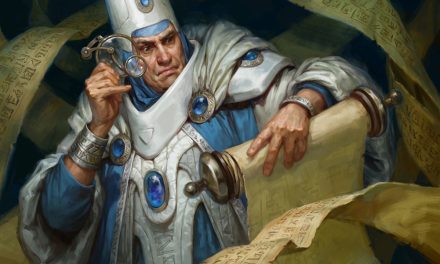Do you need help determining your character’s ability scores in D&D 5e?
One of the first steps to creating a character in D&D 5e is determining their ability scores and modifiers.
Your DM is waiting and the players are itching to roll some dice. But how do you even get started?
There are many ways to go about this, but this list will cover five of the most popular methods for making your decision: using a standard array, the point buy method, and three ways to roll for your scores.
5 Ways to Determine Your Ability Scores in D&D 5e
There’s no shortage of creative ways to determine character’s ability scores.
However, in my experience, your group will likely pick one and stick with it. From time to time, it can be fun to experiment with new methods, but most groups tend to find something that’s comfortable for their unique playstyle.
Whatever you decide, I strongly recommend picking one method that everyone in the group will use. Having multiple players all use different methods can lead to headaches.
So think of this as a “top 5” roundup of the most popular ways to determine characters’ ability scores.
Standard Array
The Standard Array method of determining ability scores is a balanced option that trades the potential of rolling high for the safety of not potentially rolling low.
The standard array values are 15, 14, 13, 12, 10, and 8.
The player’s choice of ability scores will be largely based on the skills that they want their character to excel at.
For example, someone making a Rogue character would likely assign their 15 to Dexterity (the Rogue’s most important skill) while putting their 8 in Strength (making it their “dump stat” since it’s less important to their role in the party.)
This has become my preferred method of determining ability scores in 5e. It’s quick and simple which also makes it a great option for new players.
After all, this is about the point that I usually see new players with that “deer in the headlights” look, so it’s usually a good idea to cut down on as much confusion as possible when someone is just getting into the game.
Point Buy
If you would prefer some extra freedom when determining your character’s ability scores, you might look at the Point Buy method.
With this method, players get 27 points that they can assign to abilities as they see fit.
Note that the cost of increasing an ability isn’t a 1-for-1 cost. Additionally, the lowest that an ability score can be (before any modifiers) is 8 and the highest that it can be is 15.
You can check out the table below to see how many points are required for each ability score.
| Score | Cost |
| 8 | 0 |
| 9 | 1 |
| 10 | 2 |
| 11 | 3 |
| 12 | 4 |
| 13 | 5 |
| 14 | 7 |
| 15 | 9 |
You aren’t necessarily locked in to 27 points though.
Depending on what the DM has planned and what type of game you’re all looking to have, you can make some changes to this method. For example, the DM may give players more or less points or change the highest/lowest score thresholds for each ability.
Related: The D&D Ability Scores Explained – What Each Means
Rolling for Scores – Classic Mode
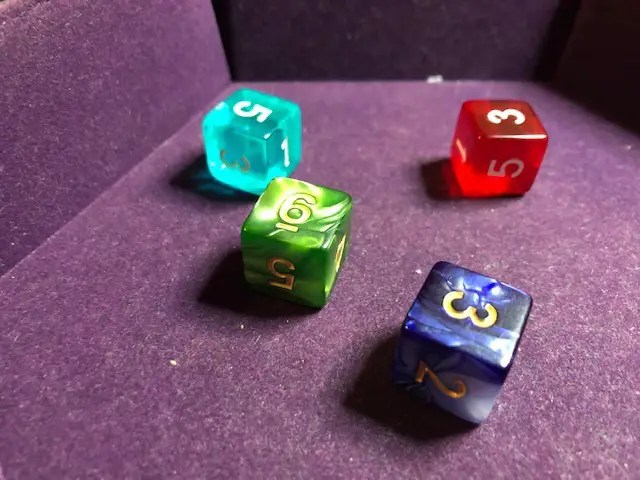
Ok, so Standard Array and Point Buy are good and all, but maybe you prefer something a little more… daring…
No risk = no reward, right?
The classic method of rolling for your ability scores is to roll 4d6 (dropping the lowest number) six times. Write down each of these results and assign them to your abilities as you see fit.
You might choose to mix this approach up a little bit in one of the following ways:
- Rerolls 1’s then drop the lowest dice
- If a player isn’t happy with their set of 6 scores, allow them to reroll the set. (You might set a limit on the number of times they can do this. Otherwise, you’ll be there all night until each player gets all 18’s!)
For a harder or more chaotic experience, have players assign results to ability scores in the order that they’re rolled. With this method, rolling [12, 17, 9, 15, 10, 13] would translate to a character with 12 Strength, 17 Dexterity, 9 Constitution, and so on down the list of ability scores.
I wouldn’t recommend this method if players have specific characters to play in mind.
If Mike wants to play a Druid but rolls the above set, he’s not likely to have a good time as a Druid whose main ability score is only 10.
However, if Mike doesn’t know what kind of character to play or is just feeling chaotic, this could have some interesting results. His character would be quick and intelligent, but a lower Constitution and Wisdom would make them particularly danger-prone!
Rolling for Scores – Hard Mode
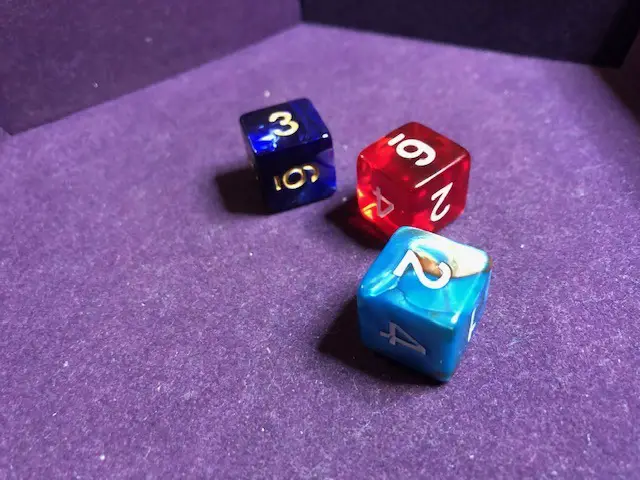
One of the most popular variants of rolling for scores is to roll 3d6 instead of 4.
Generally speaking, this works exactly as the previous method but with less dice.
No longer do you get the saving grace of dropping the lowest die for each roll. If you roll three 2’s, you’re going to have to pick an ability to give your 6 to.
As before, it’s up to you if your group is going to reroll 1’s with this method. Though I can only imagine what a character with 3 Charisma would be like to play, it’s certainly… interesting…
If you especially hate your players want a challenge, you can once again have players assign ability scores in the order that they’re rolled.
Kamikaze – Nightmare Mode
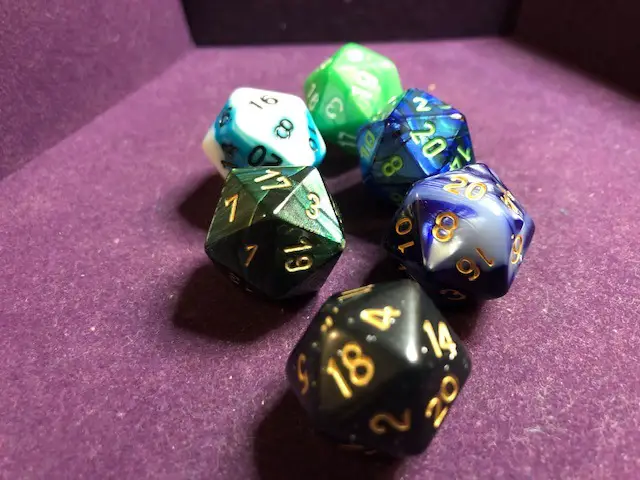
Do you just want to leave your fate entirely in the hands of the Dice Gods?
Then grab your most trusted D20, brave adventurer.
You have six rolls.
Go.
You could end up with a character who has a score of 1 in every single ability. Though I suppose you could also end up with a character who has a 20 in every ability as well…
Whatever happens, just remember: you asked for this.
So are you assigning the scores in order or are you backing out now?
*evil laughter*
Conclusion
I hope you found this article to be helpful. Now that you know the different ways of determining your character’s ability scores, which one will you use? Do you use a method that I didn’t cover here?
Comment below with the method(s) that work best for you and don’t forget to sign up below for the Tabletop Joab newsletter so you never miss a thing!
Happy rolling!

